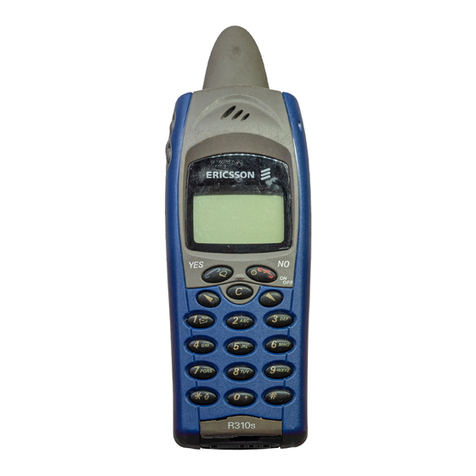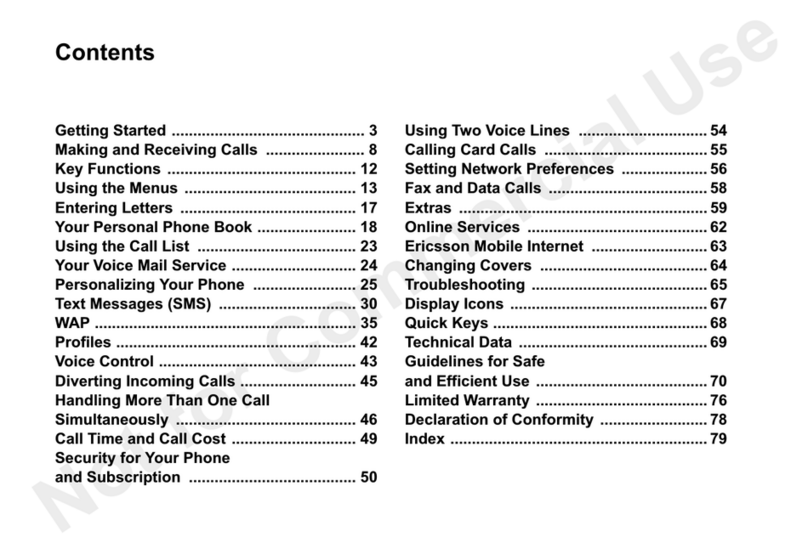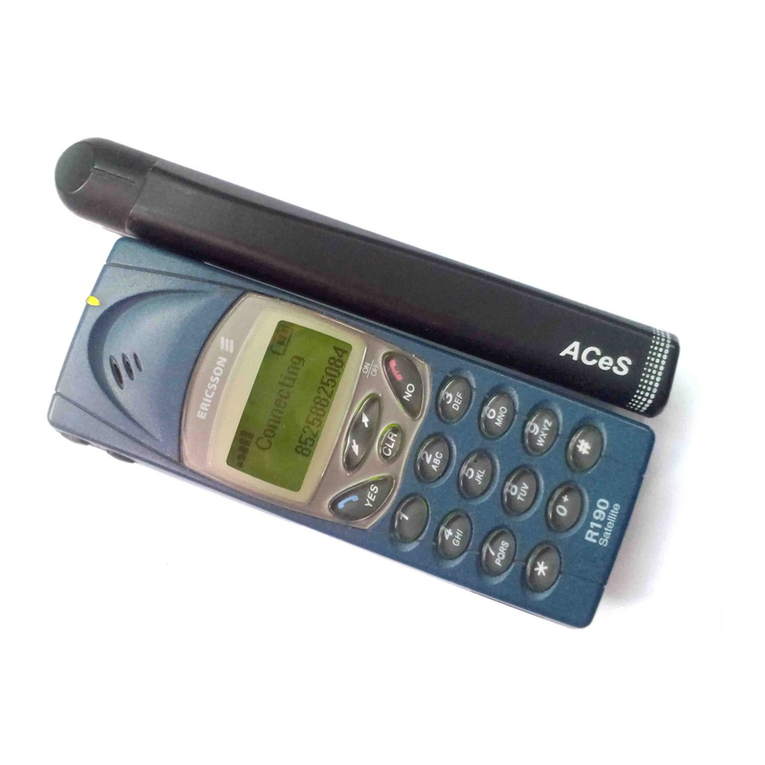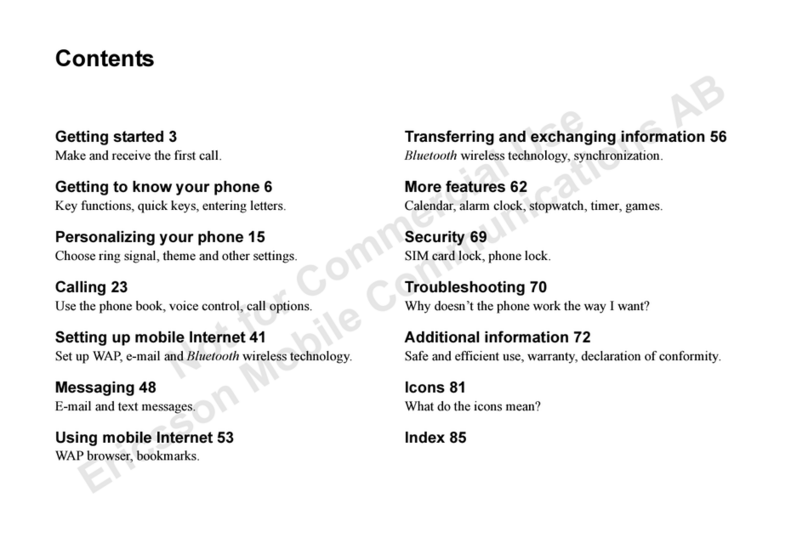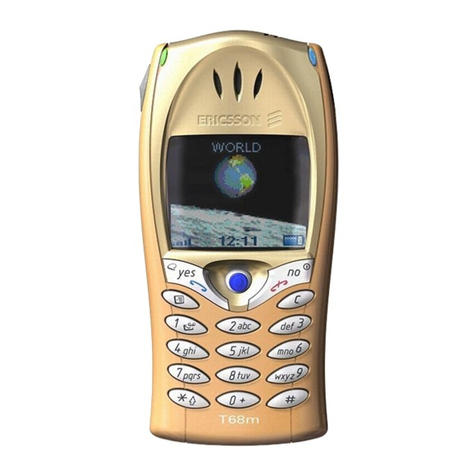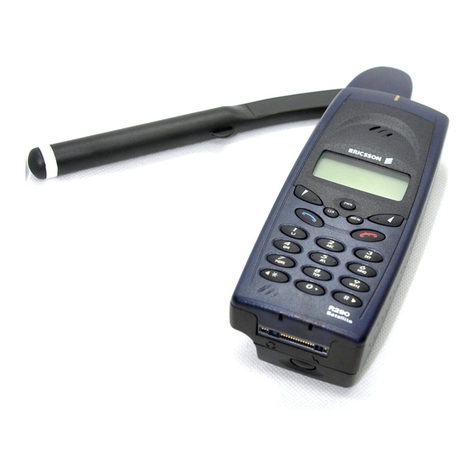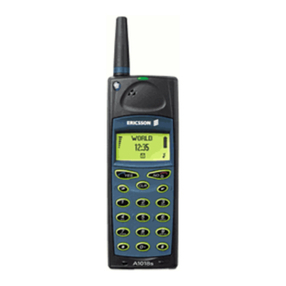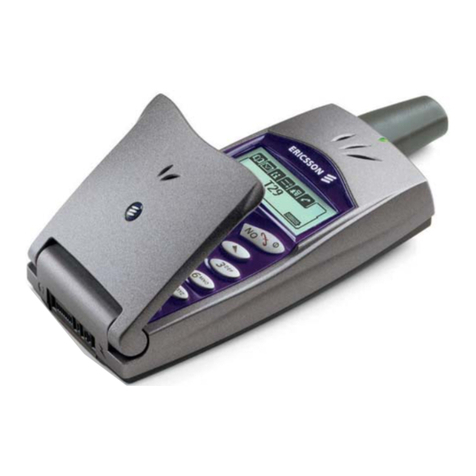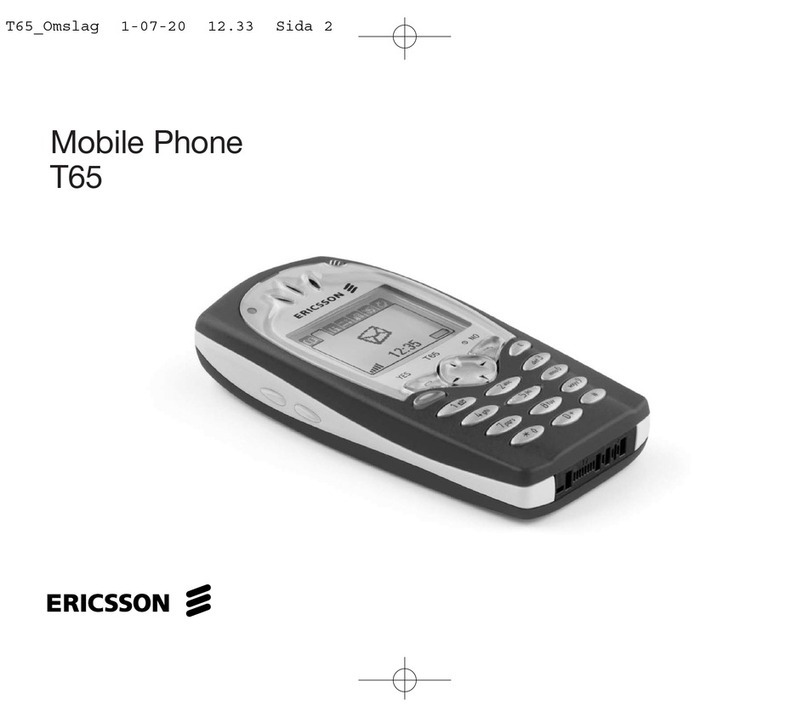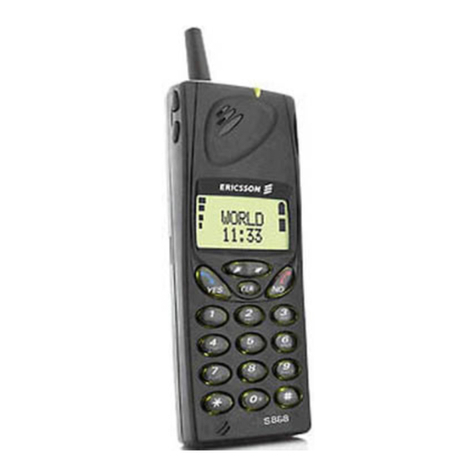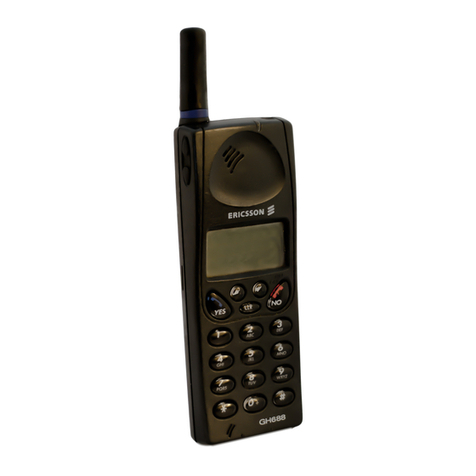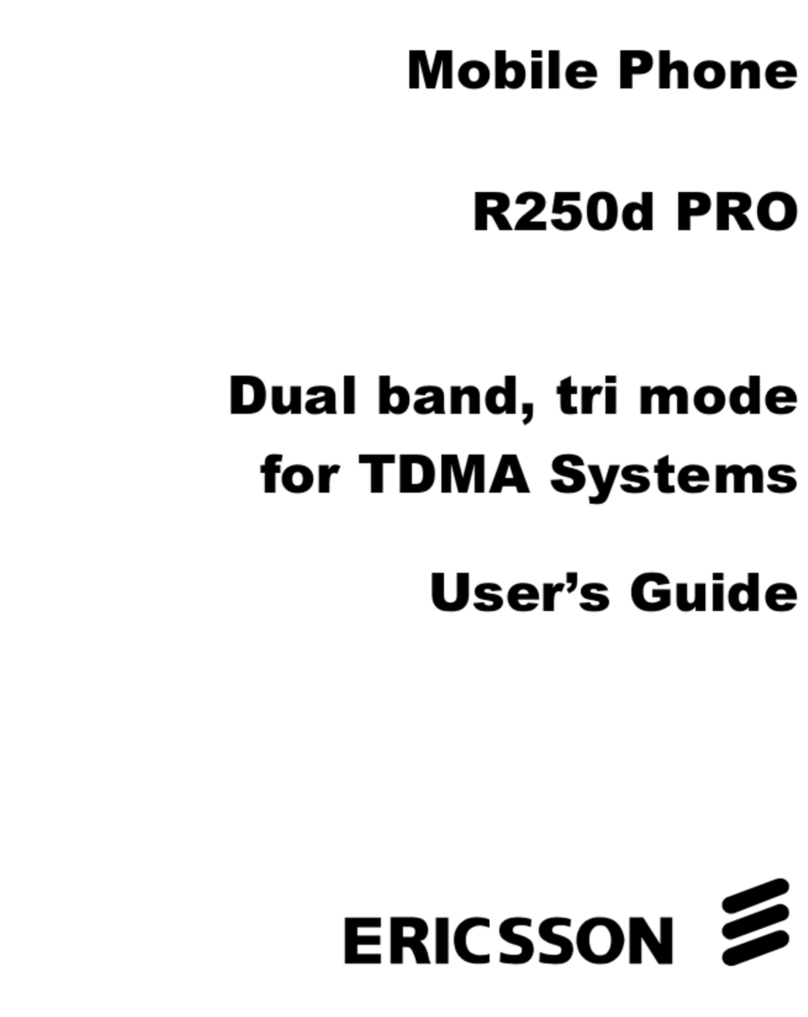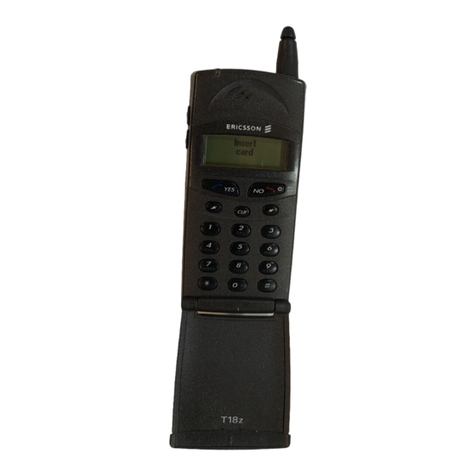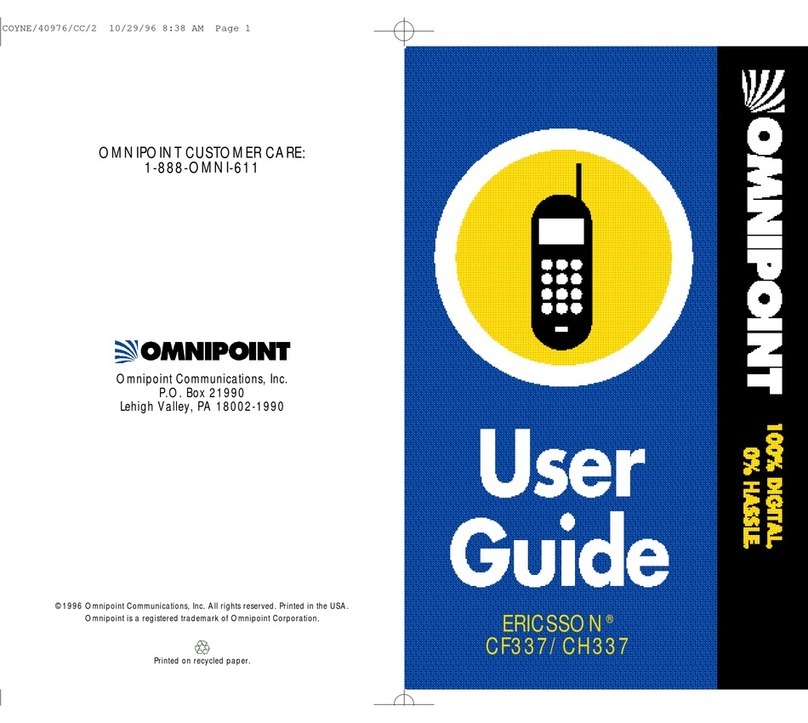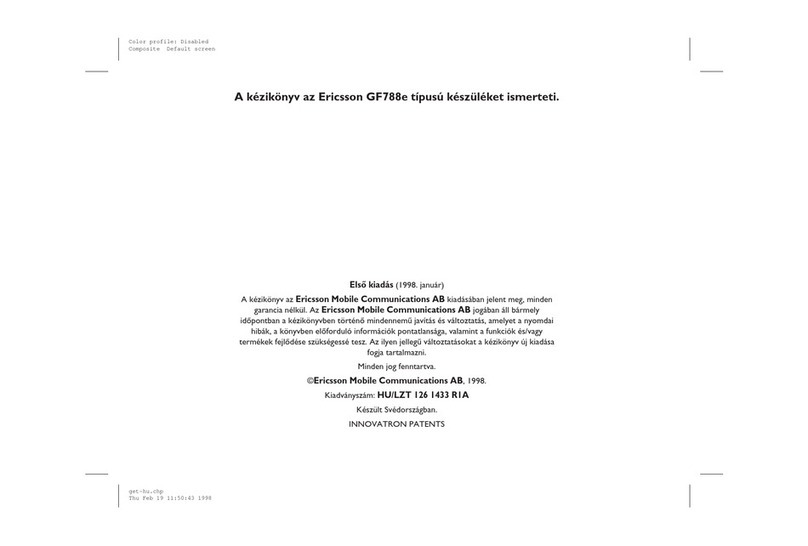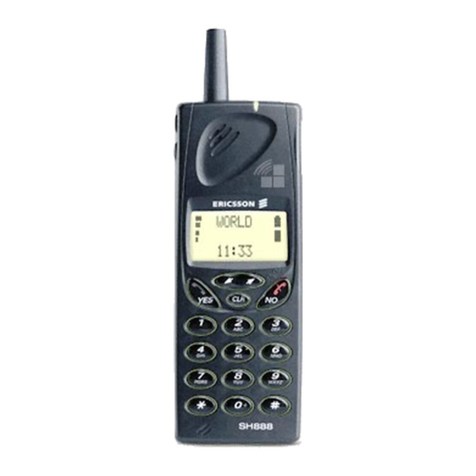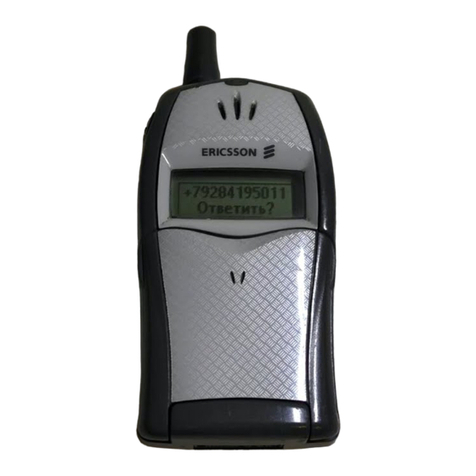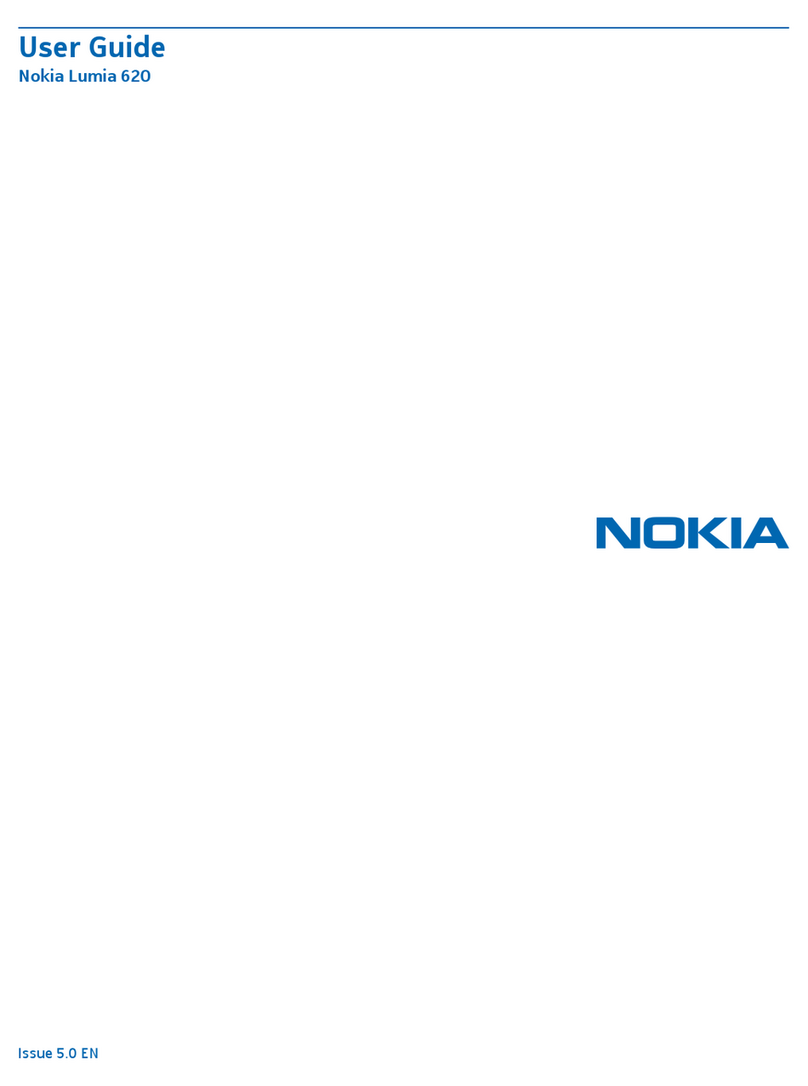
Voice Operation Display Messages . . . . . . . . . . . . . . . . . 19
Voice Calls . . . . . . . . . . . . . . . . . . . . . . . . . . . . . . . . . . 20
Using Your Phonebook . . . . . . . . . . . . . . . . . . . . . . . . 21
Answering Calls . . . . . . . . . . . . . . . . . . . . . . . . . . . . . . 21
Adjusting Ear Volume During a Call . . . . . . . . . . . . . . 22
Low Battery Power Alert . . . . . . . . . . . . . . . . . . . . . . . 23
International Calls . . . . . . . . . . . . . . . . . . . . . . . . . . . . 23
Voice Operation Key Functions . . . . . . . . . . . . . . . . . . . 23
Phonebook Menu . . . . . . . . . . . . . . . . . . . . . . . . . . . . . . 24
Find and Call . . . . . . . . . . . . . . . . . . . . . . . . . . . . . . . . 24
Find and DTMF . . . . . . . . . . . . . . . . . . . . . . . . . . . . . 24
Add New Contact . . . . . . . . . . . . . . . . . . . . . . . . . . . . 25
Find and Edit . . . . . . . . . . . . . . . . . . . . . . . . . . . . . . . . 25
My Number . . . . . . . . . . . . . . . . . . . . . . . . . . . . . . . . . 25
Position Organizer . . . . . . . . . . . . . . . . . . . . . . . . . . . . 25
Messages Menu . . . . . . . . . . . . . . . . . . . . . . . . . . . . . . . . 25
Check Voice Mail . . . . . . . . . . . . . . . . . . . . . . . . . . . . 25
Inbox . . . . . . . . . . . . . . . . . . . . . . . . . . . . . . . . . . . . . . 25
Send New Text . . . . . . . . . . . . . . . . . . . . . . . . . . . . . . 25
Unsent Items . . . . . . . . . . . . . . . . . . . . . . . . . . . . . . . . 26
Templates . . . . . . . . . . . . . . . . . . . . . . . . . . . . . . . . . . 26
Sent Items . . . . . . . . . . . . . . . . . . . . . . . . . . . . . . . . . . 26
Call Info Menu . . . . . . . . . . . . . . . . . . . . . . . . . . . . . . . . 26
Missed Calls . . . . . . . . . . . . . . . . . . . . . . . . . . . . . . . . . 26
Call Log . . . . . . . . . . . . . . . . . . . . . . . . . . . . . . . . . . . . 27
Call Timer . . . . . . . . . . . . . . . . . . . . . . . . . . . . . . . . . . 27
Options . . . . . . . . . . . . . . . . . . . . . . . . . . . . . . . . . . . . 27
Ongoing Call Menu . . . . . . . . . . . . . . . . . . . . . . . . . . . .27
Activate Scratch Pad . . . . . . . . . . . . . . . . . . . . . . . . . . .27
Hold Call . . . . . . . . . . . . . . . . . . . . . . . . . . . . . . . . . . .27
Switch Calls . . . . . . . . . . . . . . . . . . . . . . . . . . . . . . . . .27
Retrieve Call . . . . . . . . . . . . . . . . . . . . . . . . . . . . . . . . .27
Release All . . . . . . . . . . . . . . . . . . . . . . . . . . . . . . . . . .27
Activate/Deactivate . . . . . . . . . . . . . . . . . . . . . . . . . . .27
Settings Menu . . . . . . . . . . . . . . . . . . . . . . . . . . . . . . . . .27
Sounds . . . . . . . . . . . . . . . . . . . . . . . . . . . . . . . . . . . . .28
Profiles . . . . . . . . . . . . . . . . . . . . . . . . . . . . . . . . . . . . .28
Select Profile . . . . . . . . . . . . . . . . . . . . . . . . . . . . . . . .29
Call Options . . . . . . . . . . . . . . . . . . . . . . . . . . . . . . . .29
Display . . . . . . . . . . . . . . . . . . . . . . . . . . . . . . . . . . . . .31
Language . . . . . . . . . . . . . . . . . . . . . . . . . . . . . . . . . . .31
Clock . . . . . . . . . . . . . . . . . . . . . . . . . . . . . . . . . . . . . .31
Tools Menu . . . . . . . . . . . . . . . . . . . . . . . . . . . . . . . . . .32
Voice Memo . . . . . . . . . . . . . . . . . . . . . . . . . . . . . . . .32
Calendar . . . . . . . . . . . . . . . . . . . . . . . . . . . . . . . . . . . .32
Time Functions . . . . . . . . . . . . . . . . . . . . . . . . . . . . . .32
Games . . . . . . . . . . . . . . . . . . . . . . . . . . . . . . . . . . . . .32
Synchronization . . . . . . . . . . . . . . . . . . . . . . . . . . . . . .32
Calculator . . . . . . . . . . . . . . . . . . . . . . . . . . . . . . . . . .32
WAP Services Menu . . . . . . . . . . . . . . . . . . . . . . . . . . . .32
Homepage . . . . . . . . . . . . . . . . . . . . . . . . . . . . . . . . . .33
Enter URL . . . . . . . . . . . . . . . . . . . . . . . . . . . . . . . . . .33
Ericsson Mobile Internet . . . . . . . . . . . . . . . . . . . . . . .33
WAP Options . . . . . . . . . . . . . . . . . . . . . . . . . . . . . . .33


